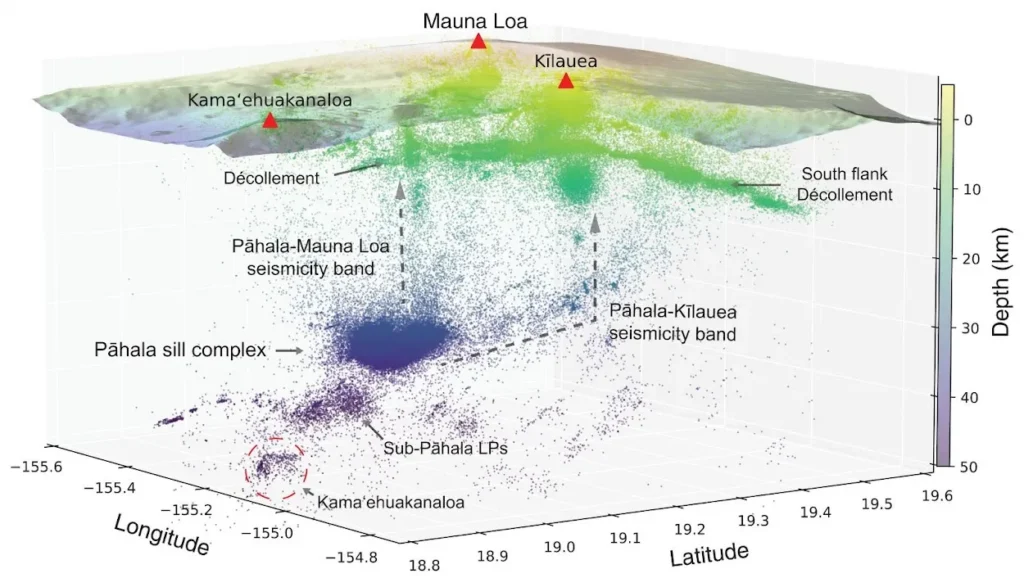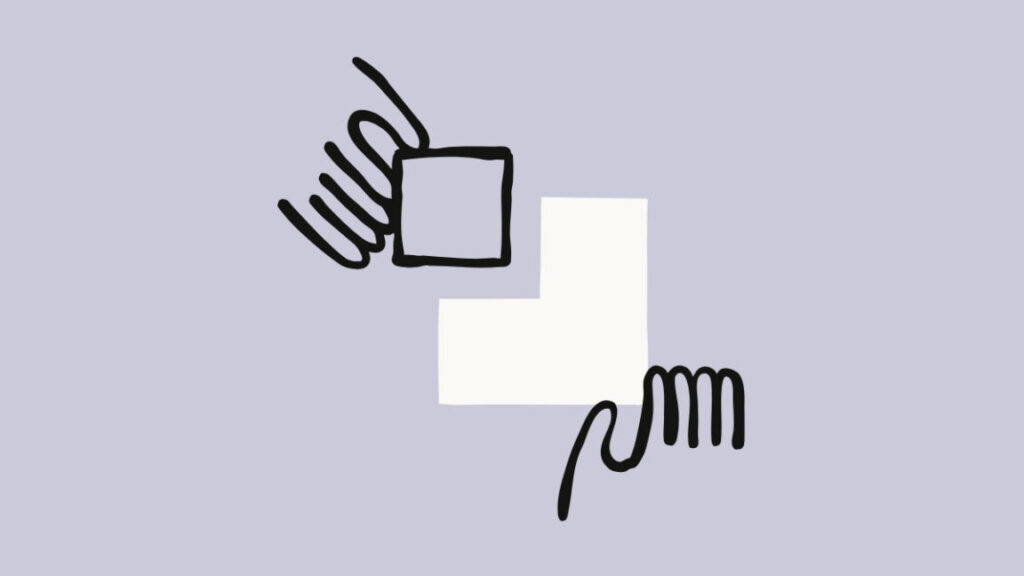Google will let Gemini schedule meetings for you in Gmail
Meetings can be a real drain on productivity, but a new Gmail feature might at least cut down on the time you spend scheduling them. The company has announced “Help Me Schedule” is coming to Gmail, leveraging Gemini AI to recognize when you want to schedule a meeting and offering possible meeting times for the email recipient to choose.
The new meeting feature is reminiscent of Magic Cue on Google’s latest Pixel phones. As you type emails, Gmail will be able to recognize when you are planning a meeting. A Help Me Schedule button will appear in the toolbar. Upon clicking, Google’s AI will swing into action and find possible meeting times that match the context of your message and are available in your calendar.
When you engage with Help me schedule, the AI generates an in-line meeting widget for your message. The recipient can select the time that works for them, and that’s it—the meeting is scheduled for both parties. What about meetings with more than one invitee? Google says the feature won’t support groups at launch.
Google has been on a Gemini-fueled tear lately, expanding access to AI features across a range of products. The company’s nano banana image model is coming to multiple products, and the Veo video model is popping up in Photos and YouTube. Gemini has also rolled out to Google Home to offer AI-assisted notifications and activity summaries.
Google will let Gemini schedule meetings for you in Gmail Read More »



















